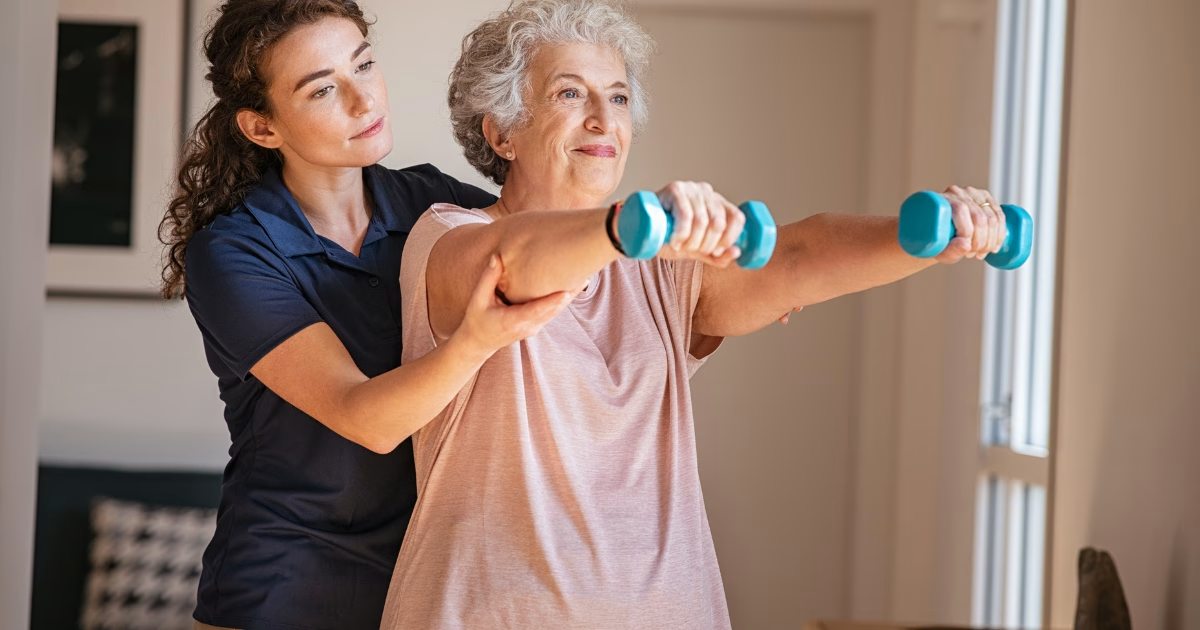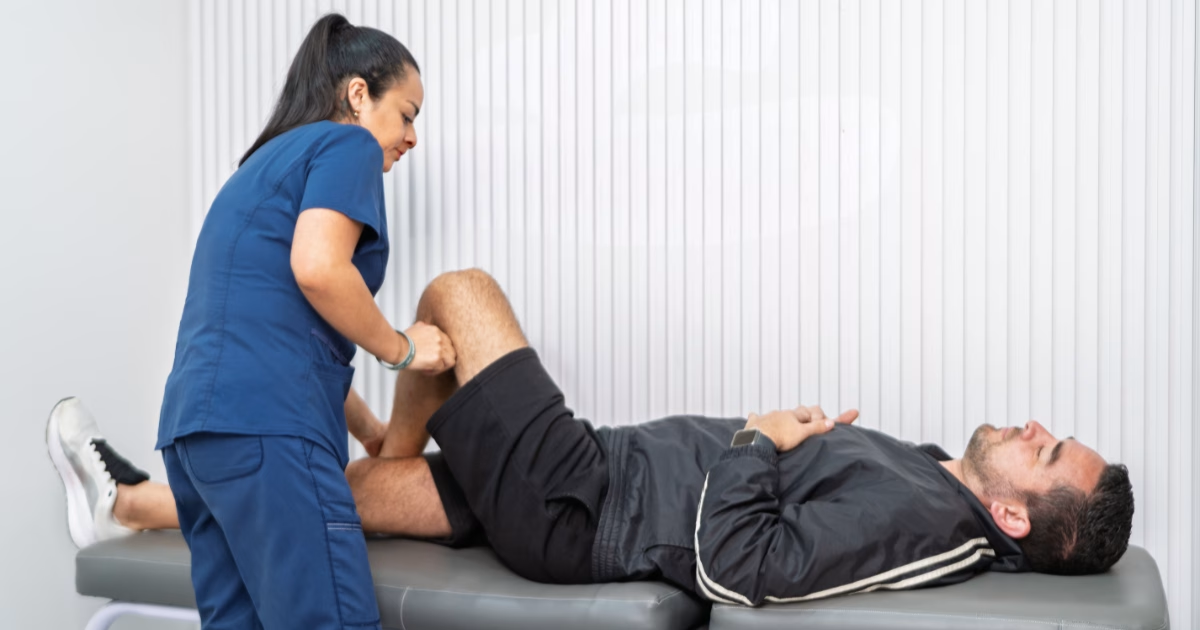Best Guide to Relief with Mobile Physiotherapy
Lower back pain affects millions of people worldwide and can result from poor posture, muscle strain, injury, or chronic conditions. The discomfort can range from mild stiffness to severe pain that limits daily activities. While medications and rest provide temporary relief, exercise is one of the most effective ways to strengthen supporting muscles, improve flexibility, and prevent recurrence.
Mobile physiotherapy in British Columbia offers a convenient solution by bringing expert guidance directly to your home. Therapists provide personalized exercise programs and monitor your progress to ensure safety and effectiveness. Understanding which exercises are most beneficial, how to perform them correctly, and how frequently to do them is crucial for long-term relief.
Understanding Lower Back Pain
Common Causes
Lower back pain can arise from various factors:
- Muscle or Ligament Strains: Overuse, lifting heavy objects improperly, or sudden movements
- Postural Imbalances: Sitting or standing with poor posture over long periods
- Disc Problems: Herniated or bulging discs causing nerve pressure and discomfort
- Degenerative Conditions: Age-related changes such as osteoarthritis or spinal degeneration
- Lifestyle Factors: Sedentary habits, obesity, and weak core muscles
The Role of Exercise
Targeted exercises strengthen the core and lower back muscles, improve spinal alignment, enhance mobility, and reduce pain. A structured exercise plan can also prevent future injuries and improve overall posture and daily function.
Best Exercises for Lower Back Pain
Pelvic Tilts
Pelvic tilts engage the lower abdominal muscles and promote spinal stability.
- Lie on your back with knees bent and feet flat on the floor.
- Tighten your abdominal muscles and press your lower back into the floor.
- Hold for 5–10 seconds, then relax.
- Repeat 10–15 times, twice daily.
Cat-Cow Stretch
The Cat-Cow stretch increases spinal flexibility and reduces tension.
- Start on all fours with hands under shoulders and knees under hips.
- Inhale as you arch your back (cow), lifting your head and tailbone.
- Exhale as you round your back (cat), tucking your chin and pelvis.
- Perform 10–12 cycles, gradually increasing with comfort.
Child’s Pose
This stretch gently elongates the lower back muscles and encourages relaxation.
- Kneel on the floor and sit back on your heels.
- Extend your arms forward, lowering your torso toward the floor.
- Hold for 20–30 seconds, repeat 2–3 times.
Bridge Exercise
Bridges strengthen the glutes, hamstrings, and lower back while stabilizing the core.
- Lie on your back with knees bent and feet flat.
- Engage your core and lift your hips toward the ceiling.
- Hold for 5 seconds, then lower slowly.
- Repeat 10–15 times.
Knee-to-Chest Stretch
Relieves tension and stretches the lower back muscles.
- Lie on your back and bring one knee toward your chest.
- Hold for 20–30 seconds, switch sides.
- Repeat 2–3 times per leg.
Bird-Dog Exercise
Improves core stability, balance, and spinal alignment.
- Begin on all fours.
- Extend the right arm forward and left leg backward simultaneously.
- Hold for 5–10 seconds, return to start.
- Repeat with opposite arm and leg, 10 repetitions per side.
Tips for Exercising Safely
Maintain Proper Form
Incorrect technique can worsen pain or cause injury. Always ensure spinal alignment, controlled movement, and steady breathing.
Progress Gradually
Begin with gentle exercises and increase repetitions, hold times, or intensity as strength and flexibility improve.
Tailor Exercises to Your Needs
Not all exercises suit every individual. Mobile physiotherapists adjust routines according to age, health, and severity of back pain.
Integrate Daily Activities
Therapists provide guidance on posture, lifting techniques, and ergonomic adjustments to reinforce exercise benefits throughout daily life.
Example 4-Week Exercise Progression
| Week | Exercises Included | Repetitions/Sets | Frequency |
| 1 | Pelvic tilts, Cat-Cow, Knee-to-Chest | 10–12 reps, 2 sets | 3x/week |
| 2 | Add Bridge and Child’s Pose | 10–15 reps, 2 sets | 3–4x/week |
| 3 | Include Bird-Dog | 10 reps per side, 2 sets | 3–4x/week |
| 4 | Full Routine | All exercises, gradual increase | 4–5x/week |
This chart illustrates how to safely build strength, flexibility, and stability over time.
Benefits of Mobile Physiotherapy for Lower Back Pain
Personalized Care
Therapists adapt exercises to the patient’s home and daily routines, ensuring relevance and effectiveness.
Professional Guidance
Real-time supervision reduces the risk of injury and ensures proper technique.
Convenience
Home sessions eliminate travel, allowing for consistent therapy and better adherence to treatment plans.
Holistic Approach
Mobile physiotherapists offer lifestyle, posture, and ergonomic advice to complement exercise programs, promoting long-term relief.
most effective ways to relieve discomfort and improve function. By incorporating stretches, core strengthening, and mobility exercises into a routine, patients can reduce pain, enhance posture, and prevent future episodes. Mobile physiotherapy in British Columbia ensures exercises are performed safely, effectively, and conveniently at home, providing personalized guidance and support every step of the way.
MoveWell Mobile Therapy is Your Expert Support at Home
MoveWell Mobile Therapy delivers professional mobile physiotherapy directly to your home, focusing on safe, effective, and personalized treatment for lower back pain. Their team helps patients regain mobility, reduce discomfort, and strengthen core muscles in the comfort of their own environment. You can contact them in British Columbia, Canada, or call +17789096683 and email info@mobiletherapy.ca to schedule your consultation and start your journey to a stronger, healthier back.
Lower back pain can severely impact daily life, but consistent, targeted exercise is one of the







